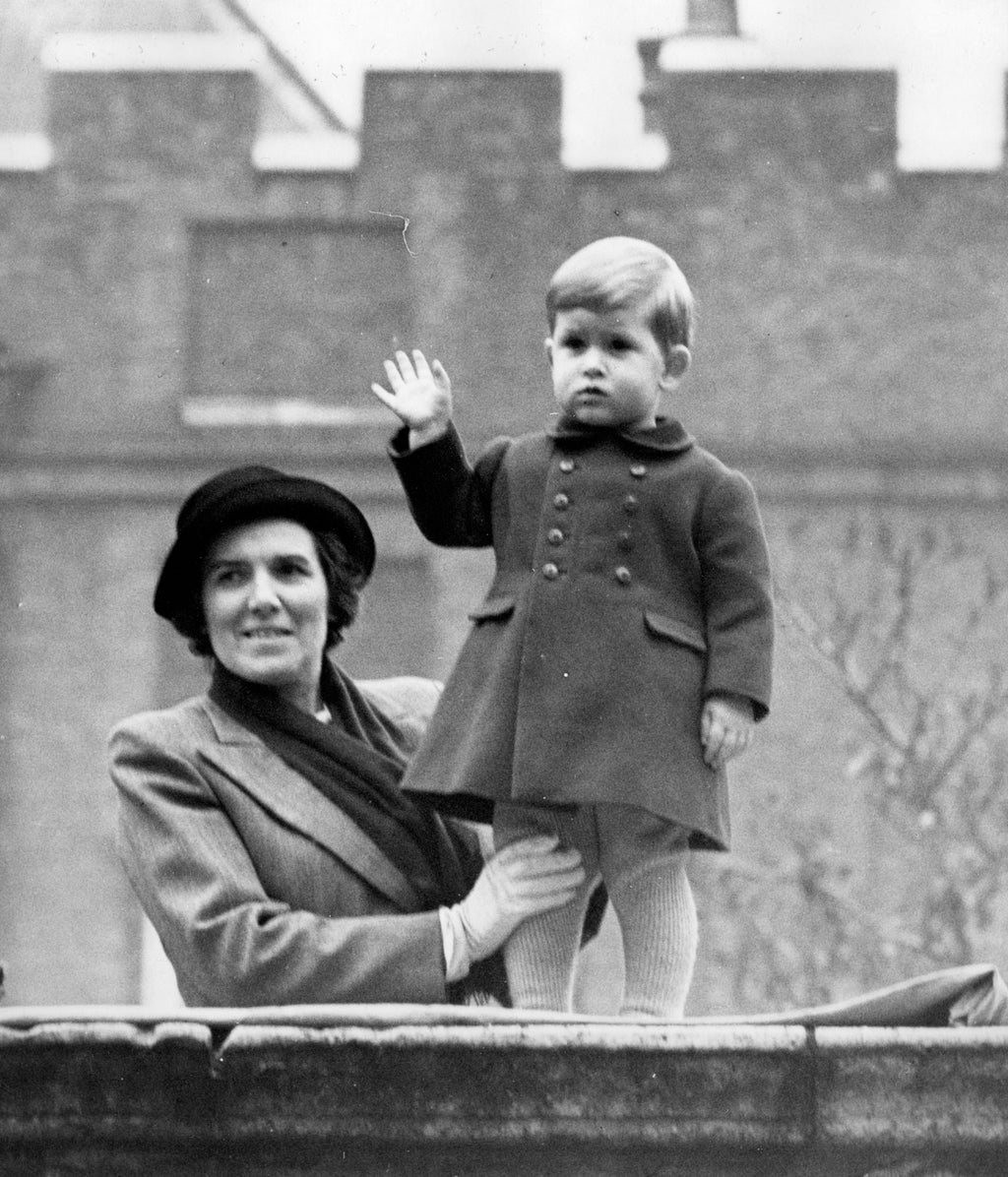
As a chubby-cheeked toddler, Prince Charles stood on a wall at Clarence House, blowing kisses to his mother and grandparents as he watched the carriages in procession for the State Opening of Parliament.
It was 1950 and George VI was still on the throne.
Now, 72 years on, the Prince of Wales, the longest serving heir to the throne, is taking on his mother’s role to open Parliament and deliver the Queen’s Speech – a symbolic moment for the future king.

Then, young Charles was just two weeks away from his second birthday.
He was dressed in a smart double-breasted coat and woolly tights, as his nanny, Helen Lightbody, held on to his legs to prevent a royal disaster.
The prince waved to the crowds who gathered to witness the pomp and ceremony of the grand occasion.
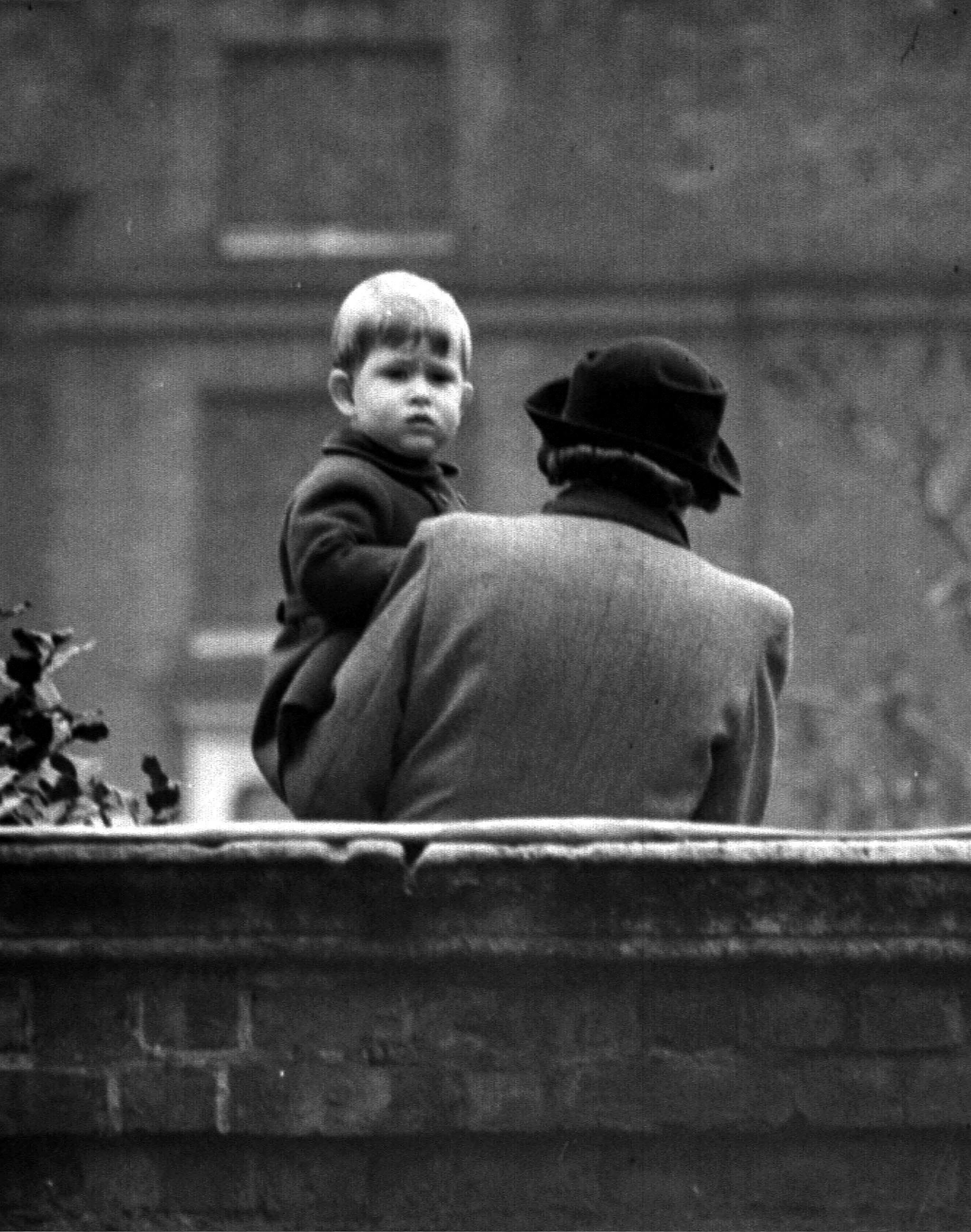
By 1952, his mother was on the throne.
Charles, now the heir apparent, was almost four at the time of the Queen’s first State Opening of Parliament.
In a tender moment, the Queen, in her glittering diadem, had a private word with her eldest son, learning over to speak to him as he gazed up at her, on the steps of the Buckingham Palace quadrangle.
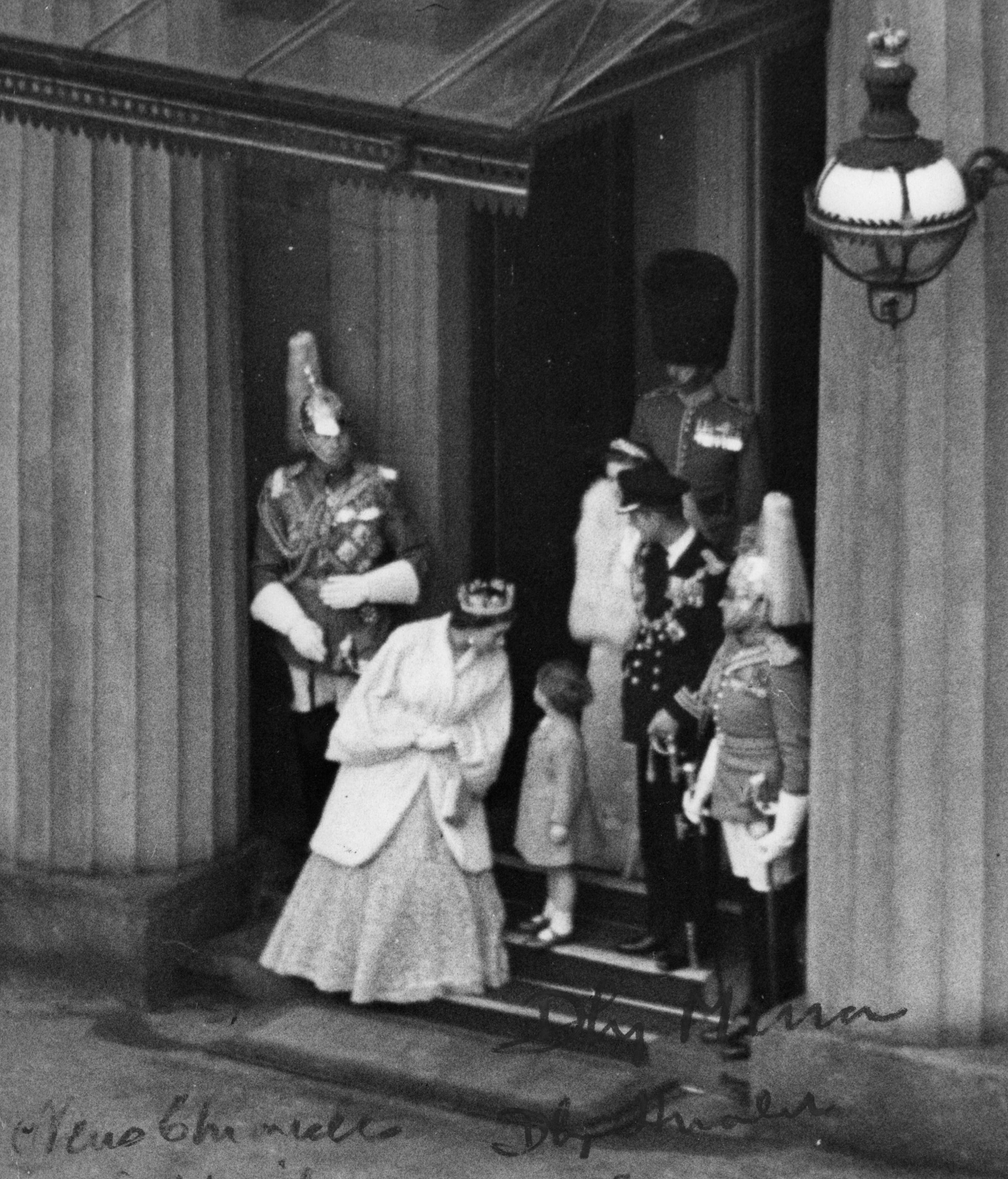
They were waiting for a march past of the Guards on the day of the opening of the first parliamentary session of Elizabeth II’s reign.
The same year, Charles and his sister, Princess Anne, were spotted at the windows of the Palace with other children, watching the royal procession.
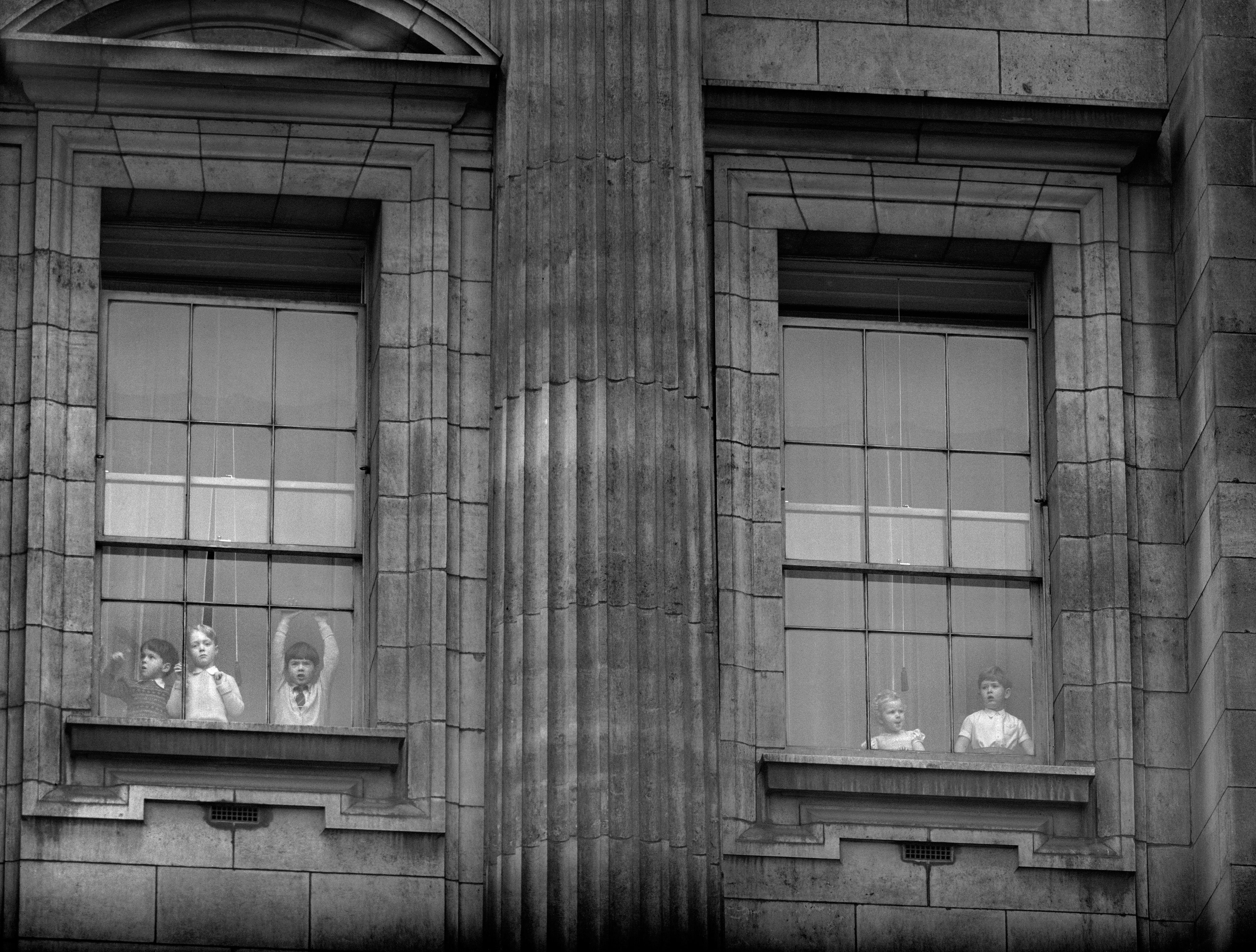
In 1967, just before his 19th birthday, Charles took part in the pomp and ceremony of the State Opening procession for the first time.
Along with Anne, the prince travelled in the carriage with the Queen.
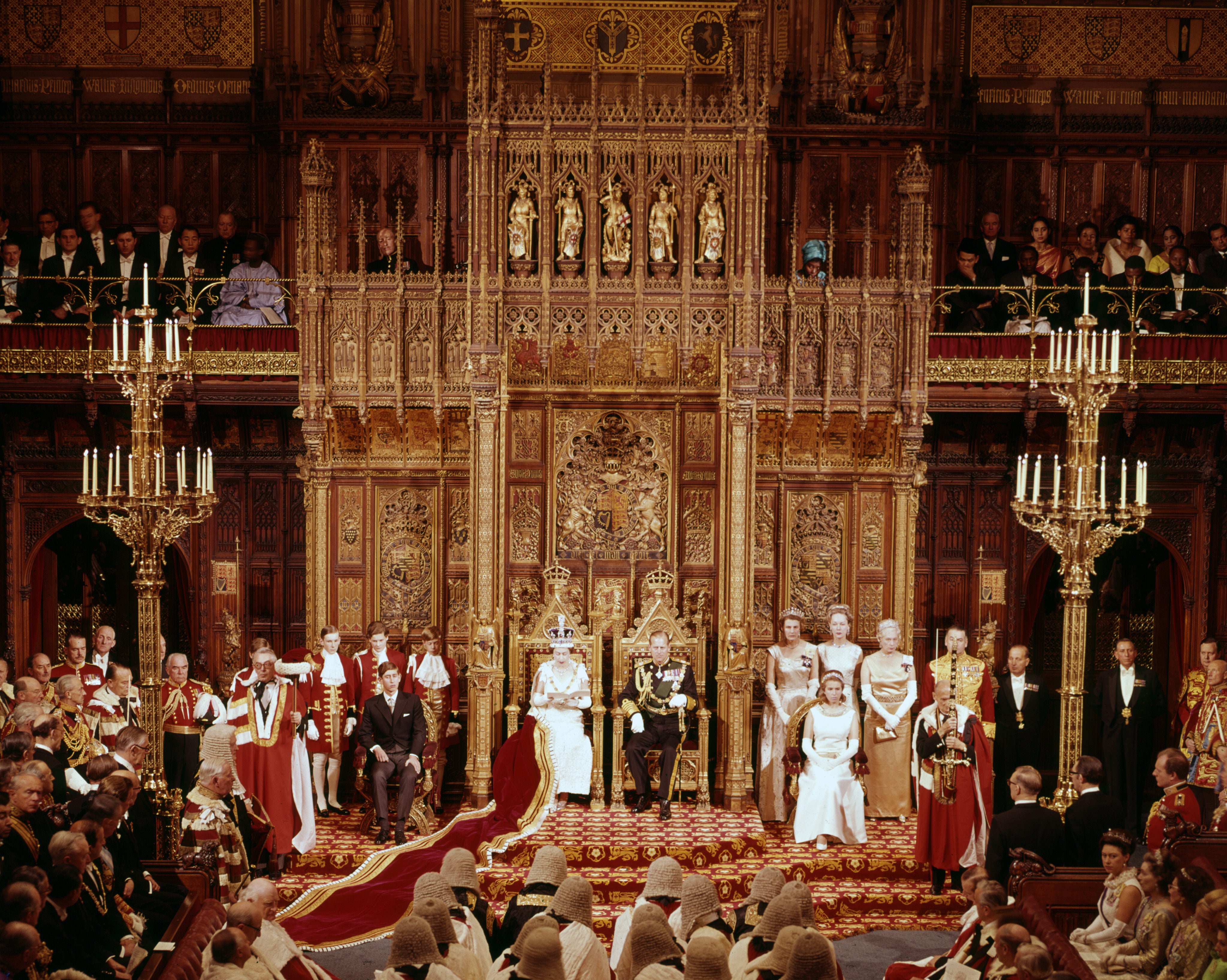
In the House of Lords, he sat solemnly, dressed in a morning coat, at the side of the Queen on one of Chairs of State.
Charles has been present many times since, taking his new bride, the Princess of Wales, for the first time in 1981, with Diana only attending four times in total.
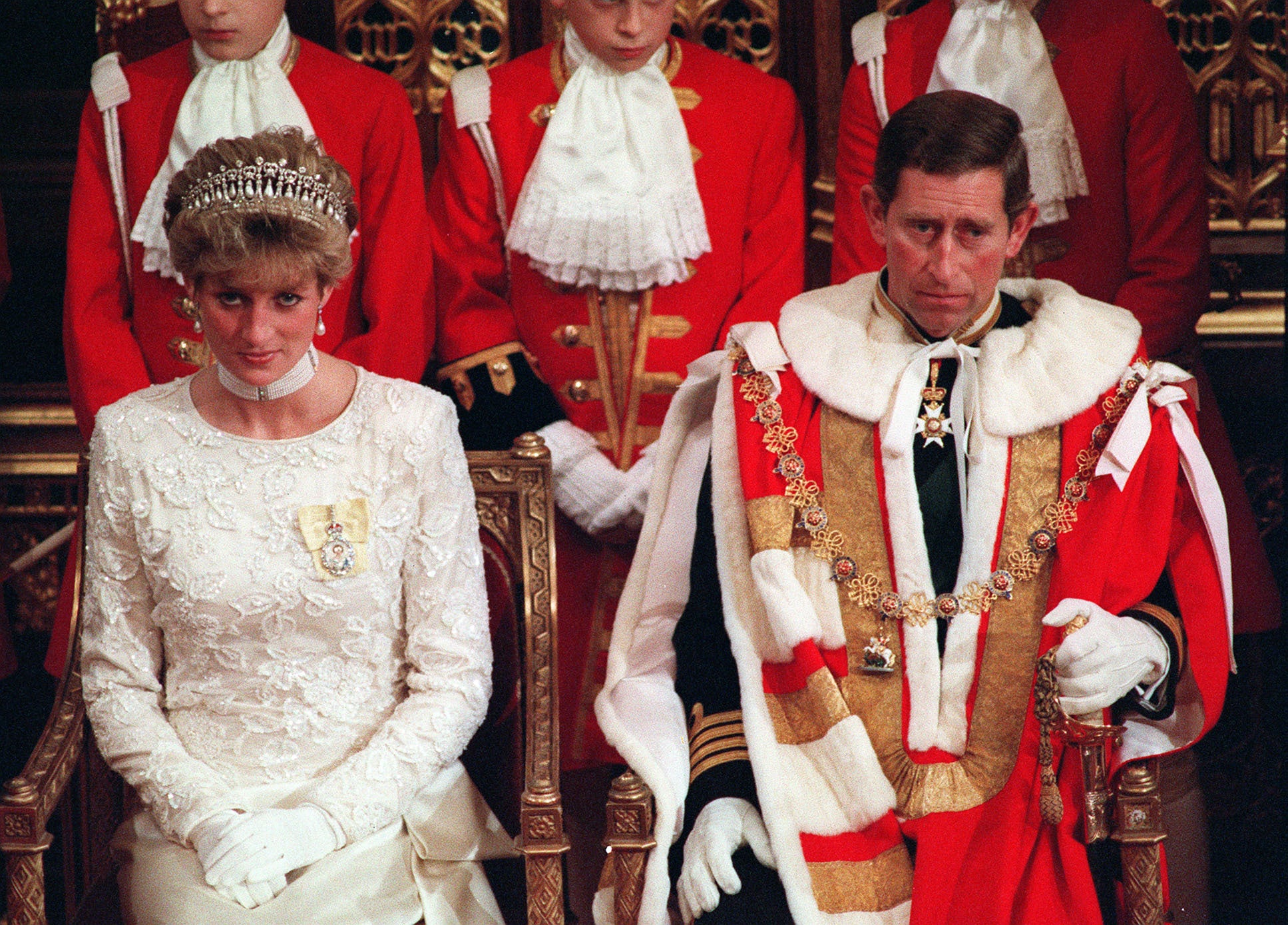
In 2013, the Duchess of Cornwall made her first debut appearance – eight years after she married Charles.
It was the first time the prince had attended since 1996 after the breakdown of his first marriage.
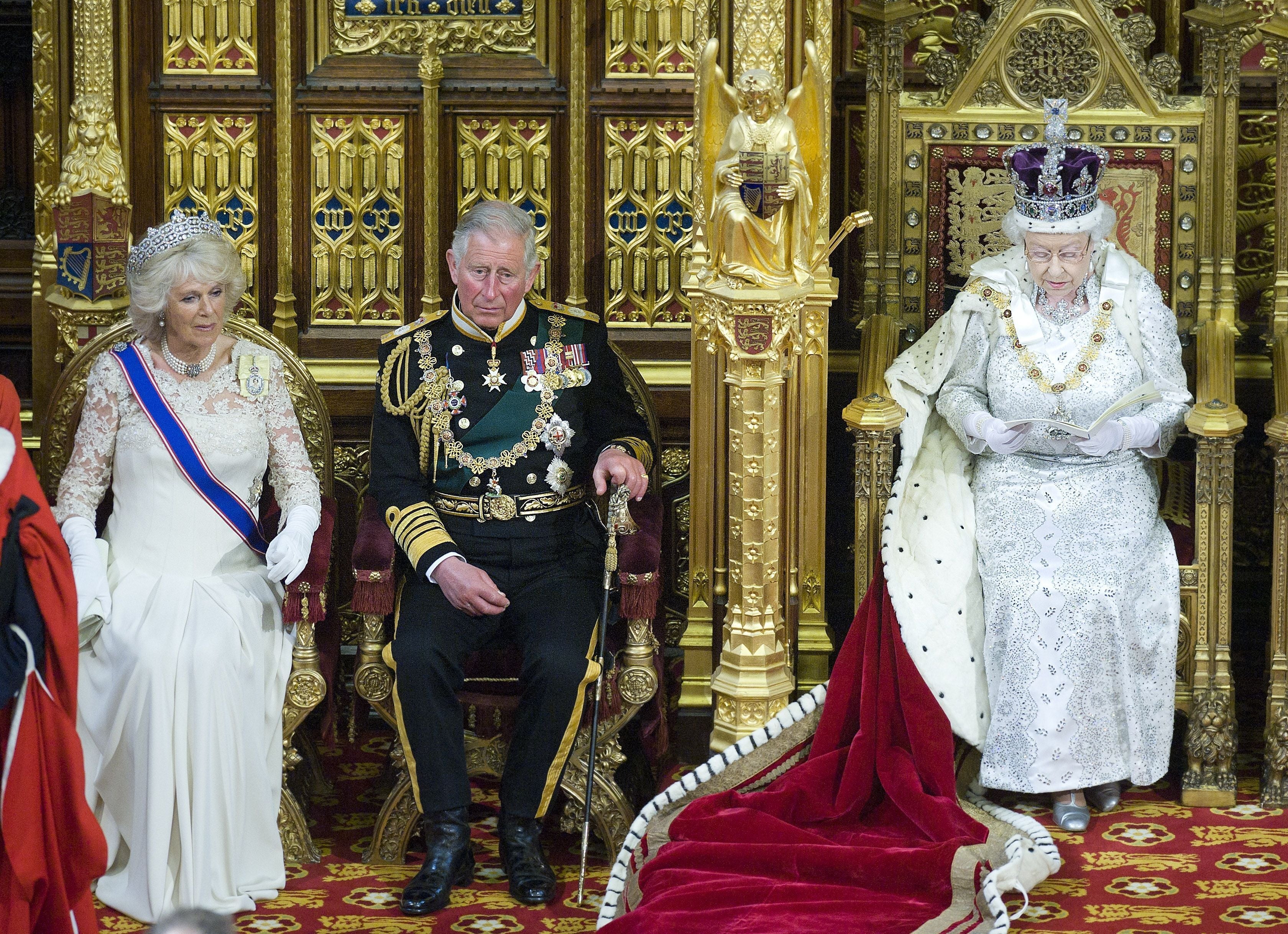
Camilla’s presence was seen as sending a clear message about the prominent role she would occupy in the future of the monarchy, while Charles’s return was seen as a repositioning of the prince as a king in waiting.
This year, the Queen used her Platinum Jubilee message to endorse Camilla to be one day be known as Queen Consort.







